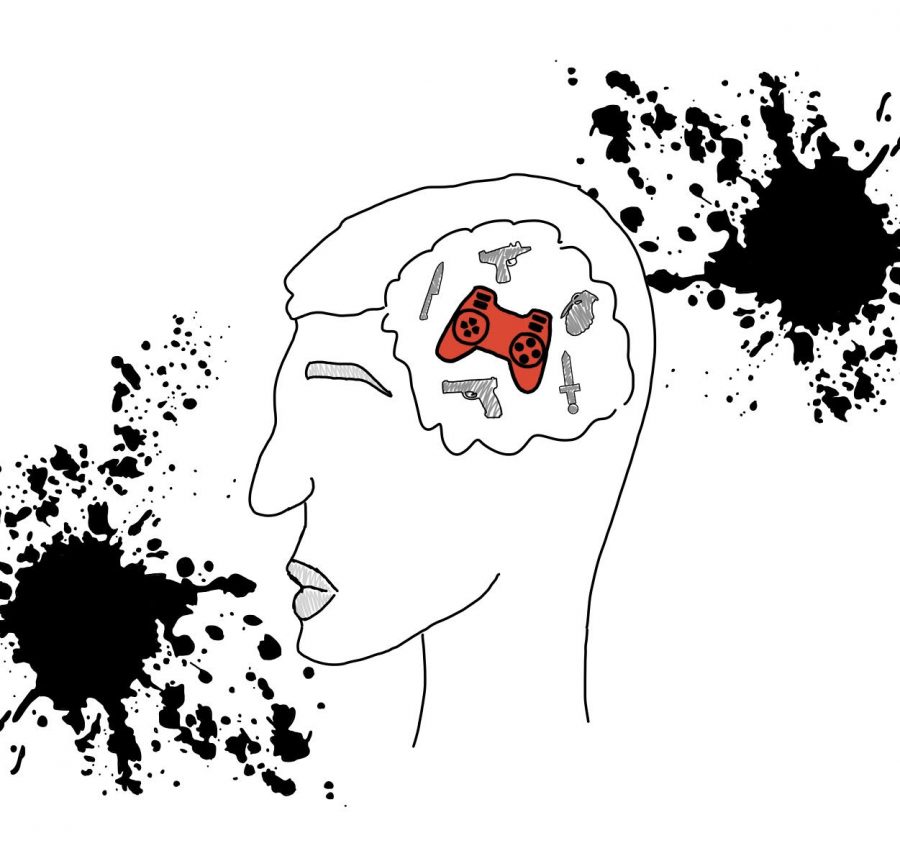Are Video Games Making Killers Out of Our Teens?
Video game brutality is concerning, but is it dangerous?
Are video games altering and negatively impacting the young mind?
A large television screen comes to life, and a teenager plops on the couch in front of it to settle in for the weekend. According to Emily Guskin, writer for the Washington Post, this scene is familiar to roughly 59% of teens and young adults as that is the amount of teens that regularly play video games. While many teens enjoy the entertainment that video games offer, many are concerned about the violence that countless games picture. Is it desensitizing the players? Does it cause violent behavior?
First, the difference between violence and aggression should be specified. Aggression usually includes all of the main emotions and thoughts that violent individuals exhibit, but without the urge to fatally wound another human being. According to the American Psychological Association, aggressiveness includes “insults, threats, hitting, pushing, hair pulling, biting, and other forms of verbal and physical aggression.” Violence is an extreme subtype of aggression.
The agreement amongst the scientific community is that violent video games lead to the desensitization of the players and aggressive behaviors, not necessarily violence. While countless, extensive studies have been conducted linking aggression to violent video games, the National Center for Health Research is tentative to link them to lethal violence due to “insufficient research.”
However, an interesting connection can be made when looking at statistics of mass shootings against the release dates of the most notable violent video games. According to Pew Research Center, the first major spike in homicides per year was in the late 1970’s. Interestingly, the game Death Race, one of the first arcade games centered around killing humanoid figures, was released in 1976. Then, the highest spike occurred in the mid 1990’s, around the same time that the game Mortal Kombat, the first video game to feature lifelike, realistic violence, was released. While these connections are interesting, there is no evidence that these games caused the increase in homicides.
So, if these video games lead to an increase in aggression, should they be produced? The difficulty of the decision can be understood when looking at the First Amendment to the United States Constitution, which protects many rights including the right to create and view visual art. Considering that video games could fall under the classification of art, they cannot be taken away nor should they.
Although violent video games are proven to lead to aggression, they are not necessarily linked to violence and are protected by the First Amendment. Considering this, one should be careful when introducing themselves or those around them to violent video games, but should not stop playing them. As Santiago Sir, Advergame designer, said, “Games are not just art, they are the most revolutionary form of art mankind has ever known about.




